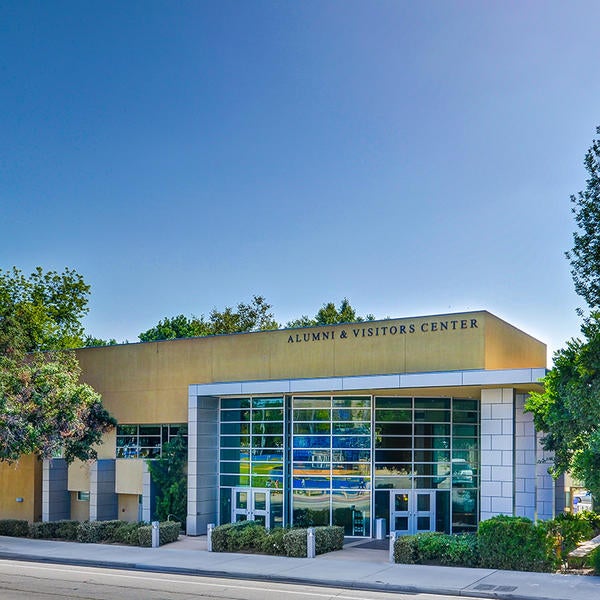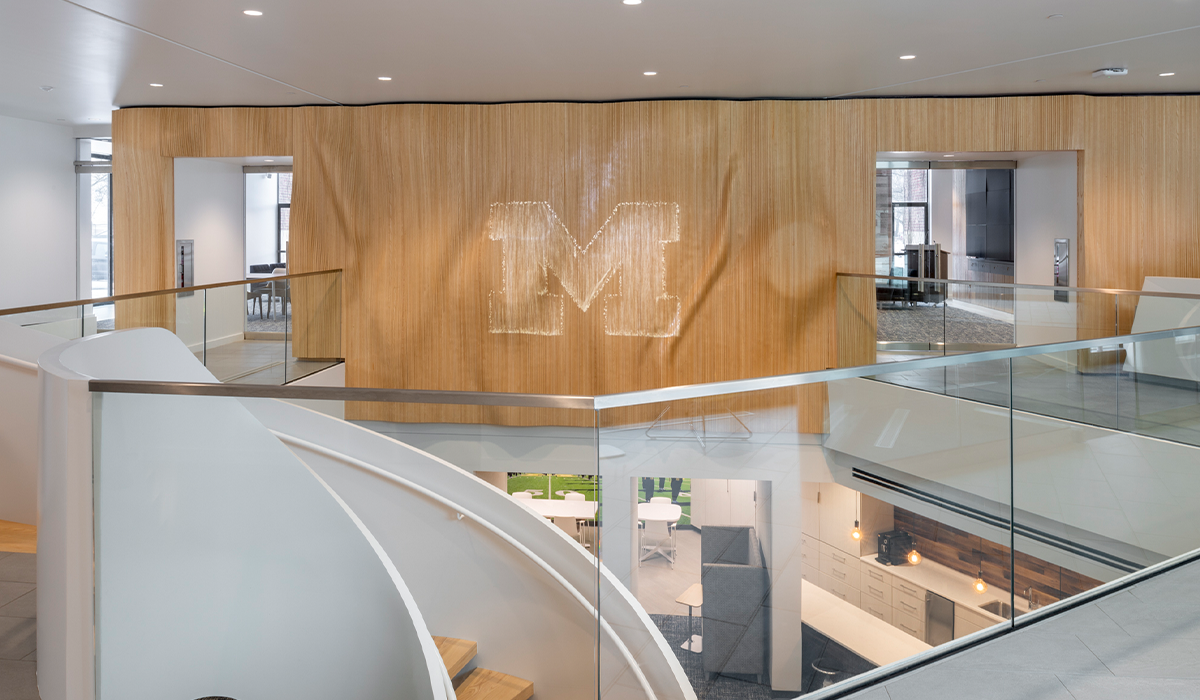A thriving alumni and visitors center serves as the heartbeat of any institution, fostering meaningful connections and showcasing the institution's legacy and future aspirations. It is not merely a physical space but a dynamic hub where alumni and visitors can relive cherished memories, engage with current initiatives, and forge new relationships. In an era where institutions are increasingly focused on maintaining strong alumni networks, having a well-designed and inviting center can significantly enhance alumni involvement and institutional pride. As we explore the intricacies of creating such a center, it becomes clear that thoughtful planning, strategic design, and a commitment to inclusivity are essential components of its success.
This article delves into the multifaceted role of an alumni and visitors center, emphasizing its importance in nurturing community spirit and driving institutional growth. By examining best practices, design considerations, and innovative strategies, we aim to provide actionable insights for institutions seeking to elevate their alumni engagement efforts. Whether you're planning a new center or revamping an existing one, this guide offers a comprehensive roadmap to creating a space that resonates with both alumni and visitors alike.
As we navigate through the complexities of designing and managing an alumni and visitors center, it is crucial to recognize the evolving expectations of today's audiences. From incorporating cutting-edge technology to ensuring accessibility for all visitors, the modern center must cater to diverse needs while maintaining the institution's core values. With this in mind, let us explore the key elements that contribute to the success of such a center, beginning with a detailed table of contents to guide our journey.
Read also:Hd Hub 4uin Your Ultimate Destination For Highquality Movies And Entertainment
Table of Contents
- What Defines a Successful Alumni and Visitors Center?
- Key Design Considerations for an Engaging Alumni and Visitors Center
- Why Should Institutions Invest in an Alumni and Visitors Center?
- How Can Technology Enhance the Alumni and Visitors Center Experience?
- Designing an Inclusive Alumni and Visitors Center
- Strategies for Maximizing Alumni Engagement
- Best Practices for Managing an Alumni and Visitors Center
- Measuring the Impact of an Alumni and Visitors Center
- Case Studies: Successful Alumni and Visitors Centers
- How Can Institutions Ensure Long-Term Success for Their Alumni and Visitors Center?
What Defines a Successful Alumni and Visitors Center?
A successful alumni and visitors center is one that seamlessly blends functionality with aesthetic appeal, creating an environment that invites exploration and fosters connection. It should serve as a reflection of the institution's values and achievements while providing a welcoming atmosphere for all visitors. Key attributes of a successful center include accessibility, flexibility, and adaptability to changing needs. By prioritizing these elements, institutions can ensure that their center remains relevant and engaging for years to come.
Why Should Institutions Invest in an Alumni and Visitors Center?
The investment in an alumni and visitors center goes beyond financial considerations; it is an investment in the institution's future. By providing a dedicated space for alumni engagement, institutions can strengthen alumni networks, enhance donor relationships, and promote institutional pride. Additionally, a well-designed center serves as a powerful recruitment tool, offering prospective students and their families a glimpse into the institution's vibrant community and rich history. The benefits of such an investment are manifold, making it a strategic priority for forward-thinking institutions.
How Can Technology Enhance the Alumni and Visitors Center Experience?
Incorporating technology into the design of an alumni and visitors center can significantly enhance the visitor experience. Interactive displays, virtual tours, and digital archives allow alumni and visitors to engage with the institution's history and current initiatives in innovative ways. Furthermore, technology can facilitate seamless communication and collaboration, enabling alumni to stay connected with the institution and each other. By embracing technological advancements, institutions can create a dynamic and interactive center that appeals to modern audiences.
Designing an Inclusive Alumni and Visitors Center
Inclusivity should be at the forefront of every design decision when creating an alumni and visitors center. This means ensuring that the space is accessible to individuals of all abilities, backgrounds, and ages. Thoughtful design considerations, such as wheelchair ramps, braille signage, and multilingual resources, can make a significant difference in creating a welcoming environment for all visitors. By prioritizing inclusivity, institutions can demonstrate their commitment to diversity and equity, further enhancing the center's appeal and impact.
Key Design Considerations for an Engaging Alumni and Visitors Center
When designing an alumni and visitors center, it is essential to consider the needs and preferences of its primary users. This involves creating spaces that cater to various activities, such as networking events, alumni gatherings, and educational workshops. Additionally, the center should incorporate elements that reflect the institution's identity, such as historical artifacts, photographs, and memorabilia. By thoughtfully integrating these elements, institutions can create a center that resonates with alumni and visitors on a personal level.
Strategies for Maximizing Alumni Engagement
Maximizing alumni engagement requires a multifaceted approach that combines strategic planning with innovative initiatives. Institutions can achieve this by hosting regular events, offering volunteer opportunities, and providing resources for professional development. Furthermore, leveraging the center as a platform for alumni stories and achievements can foster a sense of belonging and pride among the alumni community. By implementing these strategies, institutions can enhance alumni engagement and strengthen their networks.
Read also:Hanahuwu A Comprehensive Guide To Understanding And Exploring Its Significance
What Are the Best Practices for Managing an Alumni and Visitors Center?
Effective management of an alumni and visitors center involves a combination of operational efficiency and community engagement. Best practices include establishing clear protocols for center operations, training staff to deliver exceptional customer service, and regularly seeking feedback from users. Additionally, maintaining a well-organized archive of alumni and institutional records can facilitate research and outreach efforts. By adhering to these best practices, institutions can ensure the smooth functioning and sustained success of their center.
Measuring the Impact of an Alumni and Visitors Center
To gauge the effectiveness of an alumni and visitors center, institutions must establish clear metrics for success. This may include tracking attendance at events, analyzing feedback from visitors, and monitoring changes in alumni engagement levels. By regularly assessing these metrics, institutions can identify areas for improvement and make data-driven decisions to enhance the center's impact. Furthermore, sharing success stories and achievements can inspire continued support and investment in the center's mission.
Case Studies: Successful Alumni and Visitors Centers
Examining case studies of successful alumni and visitors centers provides valuable insights into best practices and innovative strategies. For instance, the University of Michigan's alumni center incorporates cutting-edge technology and interactive exhibits, creating an immersive experience for visitors. Similarly, Stanford University's center emphasizes community engagement and professional development, offering a wide range of resources for alumni. By studying these examples, institutions can draw inspiration and tailor their approaches to suit their unique needs and goals.
How Can Institutions Ensure Long-Term Success for Their Alumni and Visitors Center?
Ensuring long-term success for an alumni and visitors center requires a commitment to continuous improvement and adaptability. Institutions should regularly evaluate the center's performance, seek input from stakeholders, and stay informed about emerging trends and technologies. By fostering a culture of innovation and collaboration, institutions can position their center as a dynamic and evolving hub for alumni and visitors alike. Ultimately, the key to long-term success lies in maintaining a strong connection with the institution's community and staying true to its mission and values.
In conclusion, the creation of a thriving alumni and visitors center is a strategic investment that can yield significant benefits for institutions and their communities. By focusing on thoughtful design, inclusive practices, and innovative strategies, institutions can create a space that inspires engagement, fosters connection, and promotes institutional pride. As we continue to explore the evolving landscape of alumni relations, the role of the alumni and visitors center remains a vital component of institutional success.



